Johari Bazaar Jaipur
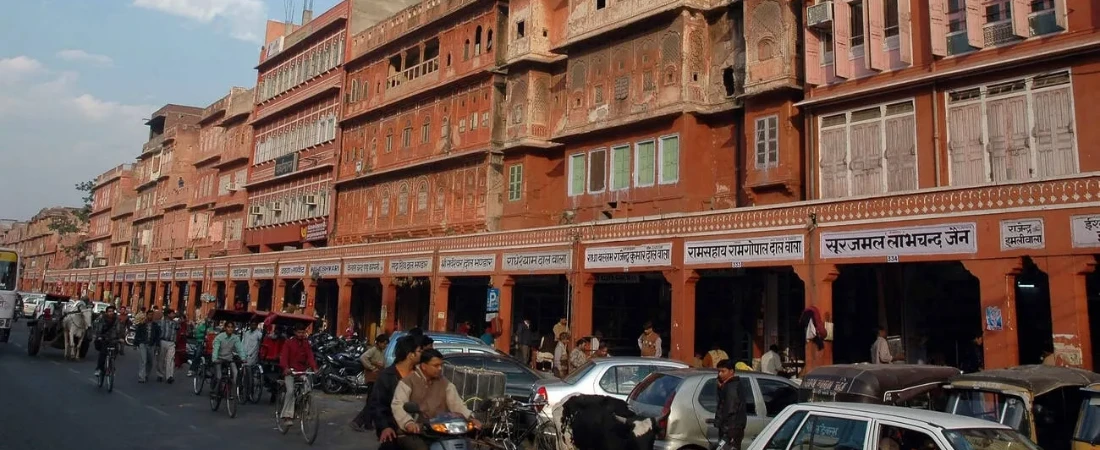
In the heart of Jaipur, where the vibrant culture of Rajasthan meets centuries-old craftsmanship, lies one of India’s most iconic markets—Johari Bazaar. Known widely as the city’s premier jewelry destination, Johari Bazaar Jaipur is a place where tradition sparkles in every shop window and history echoes through its narrow lanes. The word "Johari" means "jeweler" in Hindi, and this name perfectly captures the market’s essence. As one of the oldest bazaars in Jaipur, it continues to attract both locals and travelers who seek not only the finest traditional Rajasthani jewelry but also a taste of authentic Pink City charm. From the moment you step into the bazaar, you’re surrounded by colors, sounds, and sights that instantly transport you into a different era. The pink-hued buildings, bustling shopfronts, and the faint aroma of incense and street food create a marketplace that’s as much about sensory experience as it is about shopping. Johari Bazaar is not merely a destination; it is a celebration of Jaipur’s artistic soul, offering treasures for the eyes and the heart alike.
The Rich History and Cultural Legacy of Johari Bazaar
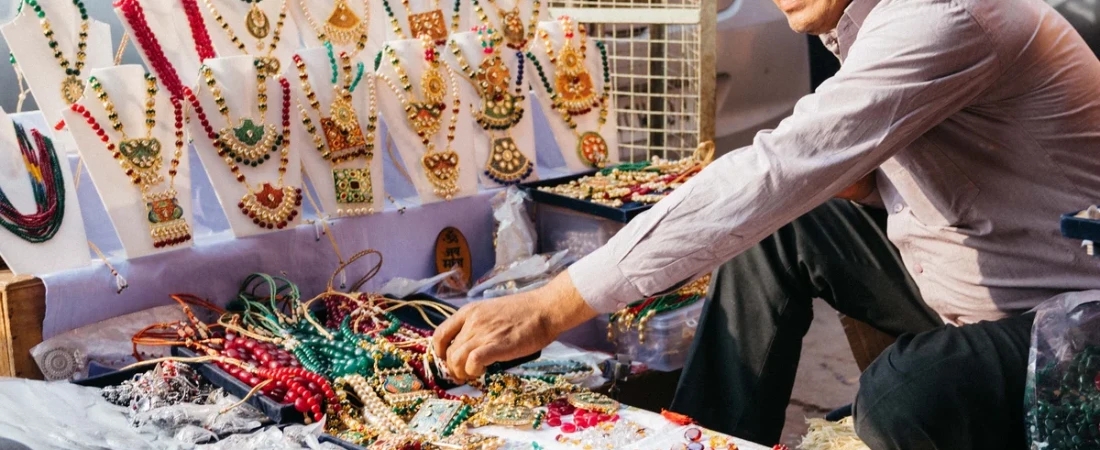
Johari Bazaar is more than just a market—it is a living embodiment of Jaipur’s royal and artistic history. Established during the 18th century under the rule of Maharaja Sawai Jai Singh II, the founder of Jaipur, the market was designed to accommodate skilled jewelers, artisans, and traders. Jaipur itself was India’s first planned city, and Johari Bazaar was strategically placed within the walled city to serve as the center of trade for gemstones and gold. The architecture of the market, characterized by symmetrical facades and arched doorways painted in Jaipur’s iconic terracotta pink, reflects the vision of a ruler who valued both beauty and utility. Over the years, Johari Bazaar became the nucleus of Rajasthan’s jewelry-making heritage. It drew master craftsmen from across the state and country, many of whom settled in the city and passed their expertise through generations. These artisans brought with them techniques such as Kundan, Polki, Meenakari, and Thewa—traditional forms of jewelry-making that are still proudly showcased in the bazaar today. The area’s continued popularity is a testament to its deep-rooted cultural importance. Even now, during wedding seasons and festivals, the lanes of Johari Bazaar are filled with families shopping for heirloom pieces, brides selecting their bridal sets, and tourists marveling at the grandeur of the handcrafted jewels. The market stands not just as a commercial center, but as a museum of living traditions.
Shopping Delights: What Makes Johari Bazaar Jaipur So Special
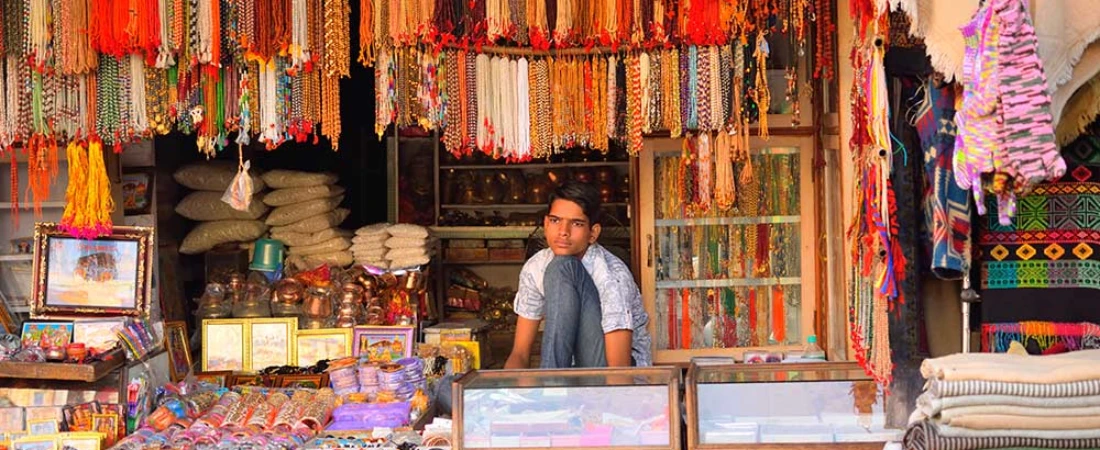
For those who love fine craftsmanship, shopping at Johari Bazaar Jaipur is nothing short of a magical experience. The market is best known for its exquisite jewelry, particularly traditional Rajasthani styles that include Kundan, Polki, and Meenakari work. These jewelry forms are deeply embedded in the royal history of Rajasthan and are often chosen for weddings and special occasions due to their grandeur and cultural value. Kundan jewelry, known for its intricate setting of gemstones in a gold foil base, is both delicate and opulent. Polki, made from uncut diamonds, carries a raw and earthy beauty that appeals to modern and traditional tastes alike. Meenakari, with its colorful enamel designs, adds vibrance and artistic flair to any piece. Johari Bazaar is also a major destination for high-quality gemstones. Traders here offer a dazzling variety of stones such as emeralds, rubies, sapphires, topaz, and garnets. These gems, often certified for authenticity, can be bought loose or set into custom-designed rings, earrings, and pendants. The market also features beautiful gold and silver jewelry, ranging from everyday wear to statement bridal sets. But the bazaar’s charm doesn’t stop at jewelry. It is also known for its colorful textiles including leheriya and bandhej sarees, which showcase traditional Rajasthani tie-dye techniques. Local artisans also sell hand-embroidered fabrics, dupattas, and salwar suits. Shoppers can also find Rajasthani footwear like mojaris, decorative bangles, lac bracelets, and traditional crafts that make for perfect souvenirs. The sheer variety and authenticity of the items available make Johari Bazaar a dream come true for those who appreciate Indian heritage and craftsmanship.
The Best Time to Visit Johari Bazaar and What to Expect
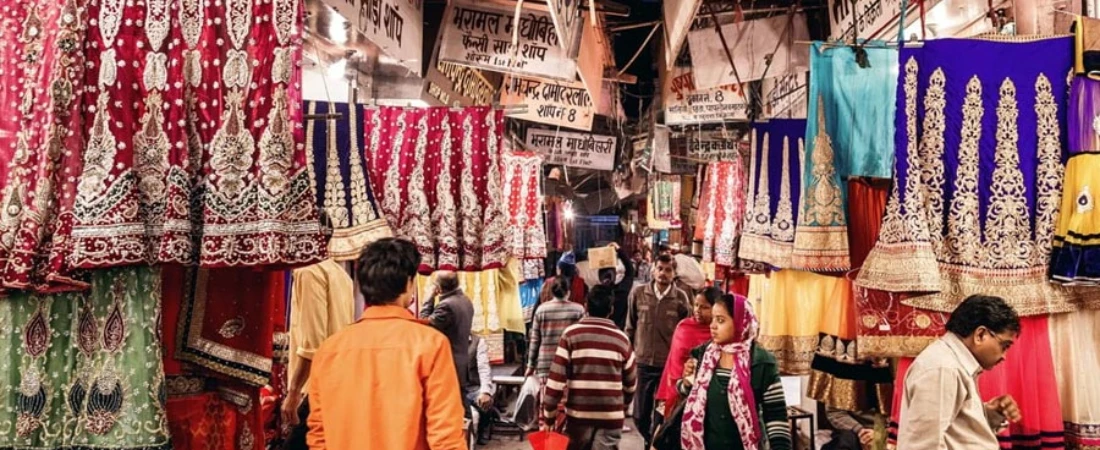
To truly enjoy Johari Bazaar Jaipur, timing is key. The most pleasant time to visit the bazaar is during the cooler months between October and March. During this period, the weather in Jaipur is ideal for outdoor activities, and the festive and wedding seasons also bring out the best collections in the shops. The energy in the market is vibrant, with streets often lit up and filled with seasonal decorations, music, and cheerful shoppers. The daytime temperatures are moderate, making it easier to explore the market without discomfort. Within a day, the best hours to shop are in the late morning or early afternoon. Shops typically open around 10:30 AM and remain active until 8:00 PM. Visiting early allows you to avoid the peak evening rush and provides a more relaxed environment to browse through stores and have meaningful conversations with the shopkeepers. Evenings are more animated and bustling, which is enjoyable if you wish to experience the local rhythm of life. Sundays are generally quieter or sometimes closed, so weekdays are the preferred choice for serious shoppers. While most shops accept card payments and digital transactions today, it’s still advisable to carry some cash, particularly smaller notes, for ease of buying from local vendors. Dressing comfortably, wearing walking shoes, and keeping your day’s schedule flexible can go a long way in making your visit enjoyable. Johari Bazaar is not a place to be rushed—it invites you to slow down, take in the culture, and savor the experience one shop at a time.
Smart Shopping Tips for a Better Johari Bazaar Experience

Shopping in Johari Bazaar Jaipur is an art in itself, and with the right approach, you can make the most of your time and money. One of the most important aspects of shopping here is patience. Unlike malls or online platforms, this market thrives on human connection. Taking the time to talk to shopkeepers, understand the history of the pieces, and observe the craftsmanship can make your experience much richer. Haggling is a common practice in the bazaar and should be approached respectfully. Most vendors expect you to negotiate, but doing so with politeness and a smile often leads to a better price and a better relationship. For higher-end purchases like gold or gemstones, always ask for proper certification or receipts. Established shops are generally transparent and professional, but extra caution ensures peace of mind. Navigating Johari Bazaar can be overwhelming due to its narrow alleys and the sheer number of options, so it’s helpful to have a general idea of what you’re looking for before you arrive. If you’re seeking bridal jewelry, it’s good to bring a few outfit photos to match colors and styles. Also, ask about customization options, as many artisans offer made-to-order services based on personal preferences. Keeping hydrated, carrying a tote bag for purchases, and planning breaks for snacks or tea at nearby cafes can help you stay energized. Lastly, explore beyond the main streets—sometimes the most exquisite finds are hidden in the smaller lanes or tucked behind more modest storefronts. The market rewards curiosity and offers something new every time you visit.
Exploring Nearby Attractions Around Johari Bazaar
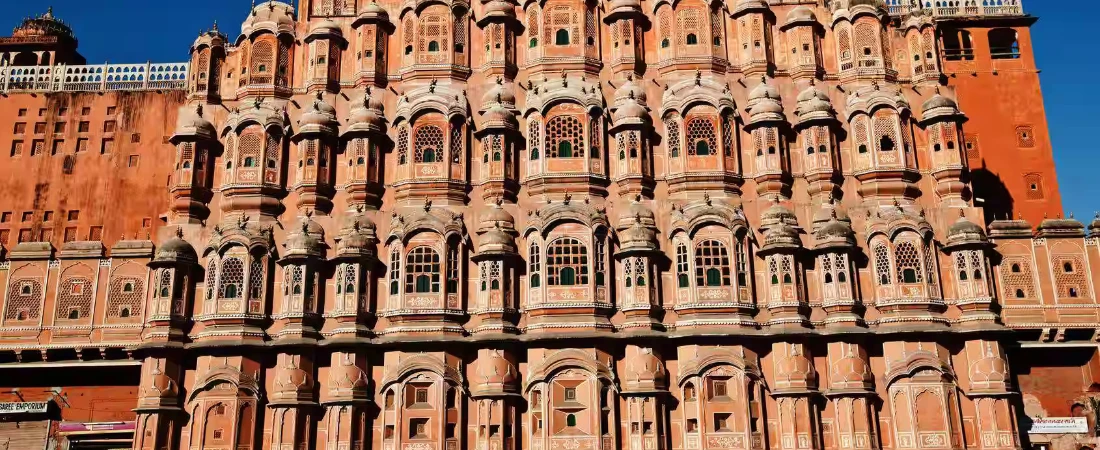
One of the biggest advantages of visiting Johari Bazaar Jaipur is its prime location within the old city, surrounded by many of Jaipur’s top historical and cultural attractions. Just a short walk from the bazaar stands the majestic Hawa Mahal, also known as the Palace of Winds. With its unique honeycomb structure and hundreds of tiny windows, it remains one of the most photographed landmarks in India and offers a striking backdrop for your day of exploration. Nearby, the City Palace invites visitors to step into the opulence of Rajasthan’s royal past. Its courtyards, museums, and halls provide a deep dive into the lifestyle of Jaipur’s rulers, with stunning architecture and ornate displays. Adjacent to the palace is the Jantar Mantar, a UNESCO World Heritage Site, where visitors can see and learn about the giant instruments used for astronomy and timekeeping in the 18th century. After immersing yourself in history, you can return to the colorful chaos of the market or wander into Bapu Bazaar and Tripolia Bazaar, which are equally rich in textiles, leather goods, and handicrafts. Food lovers will enjoy nearby dining spots such as Laxmi Mishtan Bhandar, famous for its sweets and traditional Rajasthani thalis. The combination of cultural sightseeing and shopping makes Johari Bazaar the perfect anchor point for a full day in Jaipur, blending the old and the new in a way few other places can.
Conclusion: Why Johari Bazaar is Jaipur’s Cultural Crown Jewel
Johari Bazaar Jaipur is not merely a marketplace—it is a celebration of artistry, history, and community. In its vibrant lanes, you will find not just jewelry and textiles, but living stories of generations who have devoted their lives to preserving Rajasthani tradition. Every visit to the bazaar is different, revealing new gems, new people, and new inspirations. Whether you're planning your wedding shopping, hunting for authentic souvenirs, or simply wanting to witness the cultural heartbeat of Jaipur, Johari Bazaar offers an unmatched experience. It embodies the spirit of the Pink City—elegant, colorful, and proudly rooted in its royal past. For anyone visiting Rajasthan, a walk through Johari Bazaar is more than a shopping trip—it’s a journey into the soul of India’s most enchanting city.


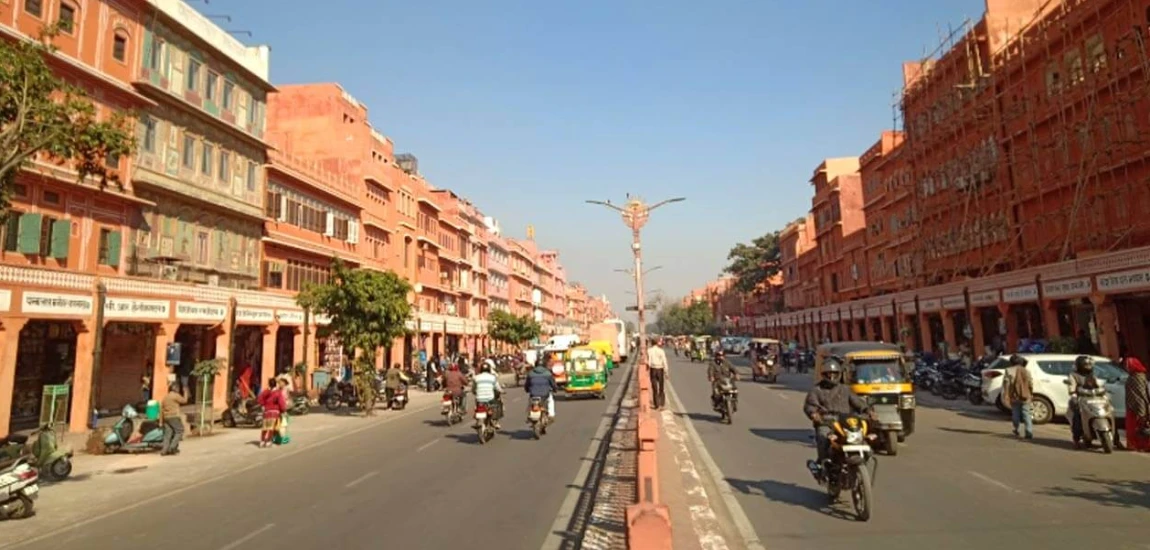







Leave a comment